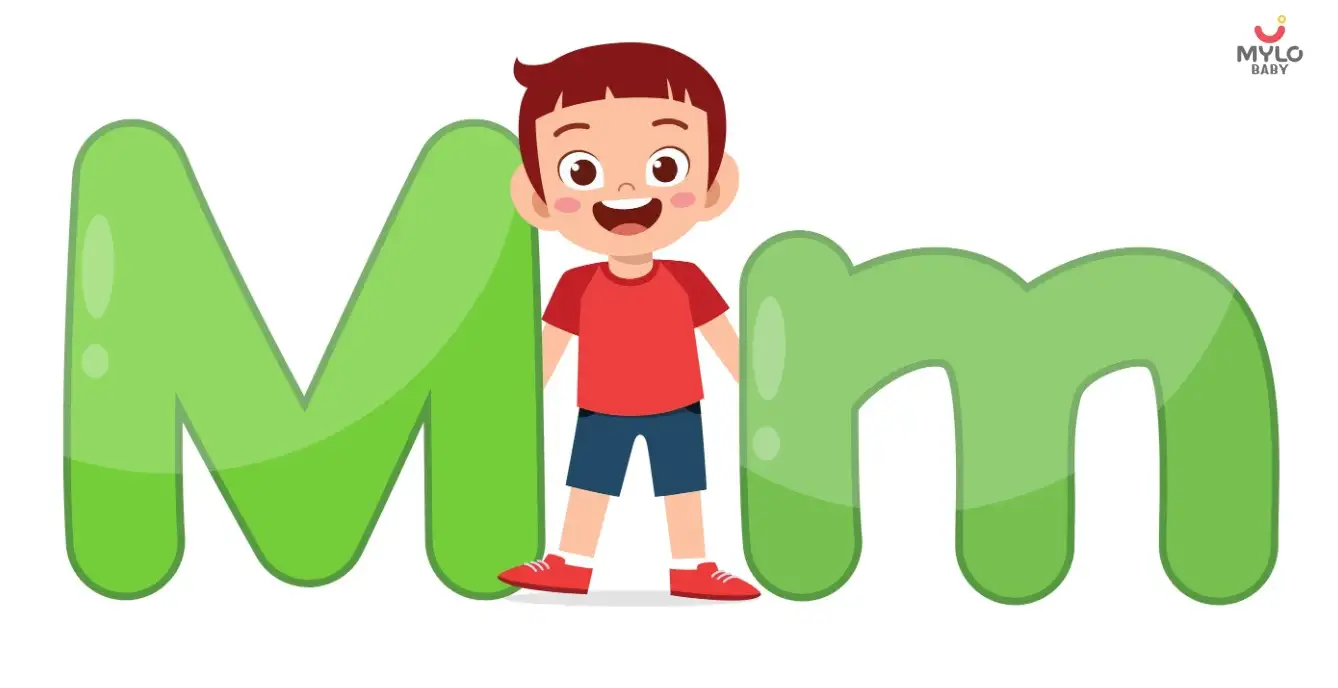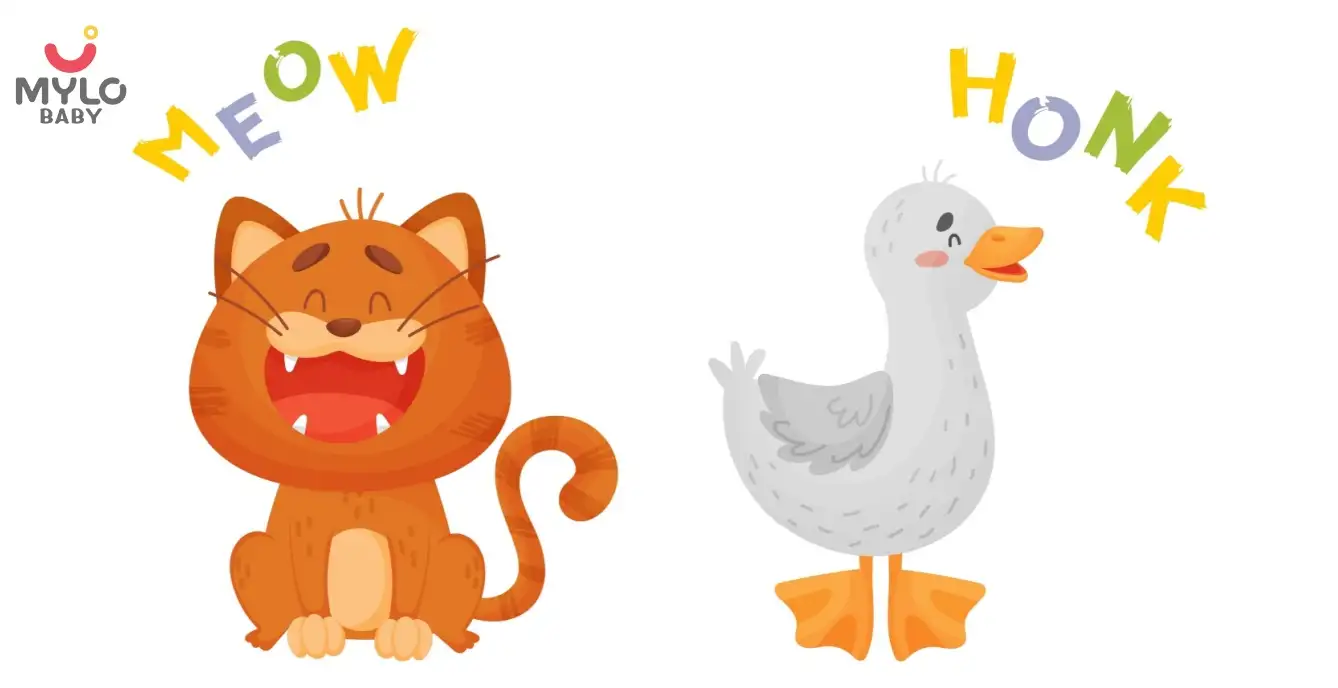Home

Preschool

Common Maths Shapes and the Benefits of Teaching Shapes to Small Children
In this Article

Preschool
Common Maths Shapes and the Benefits of Teaching Shapes to Small Children
Updated on 14 May 2024
Shapes are crucial in shaping young minds. Preschoolers and toddlers are exposed to different shapes to strengthen their fine motor skills. Moreover, shapes are an important medium to develop skills like sorting, classifying, vocabulary building, and spatial relations. Shapes allow the tiny tots to make visual discrimination between objects and lays a foundation for future learning.
In this article, we will discuss everything from simple shapes to more complex ones like pentagon shape, hexagon shape, and rhombus shape. In addition, this piece will also equip you with different ways to make your child learn the names of different shapes. So, let’s get started!
Names of different shapes for kids
One of the most interesting ways to draw your child’s attention to shapes of objects is by asking them about shapes of things of everyday use. For instance, a square dish plate, or a rectangle TV screen. This simple activity will make them more observant about their surroundings. Let’s move on to names of different shapes:
-
Triangle
A triangle is a shape with three corners that are joined by three straight lines. It is one of the simplest shapes, and your child will come across it in many ways like a triangular parantha or how about a pizza slice?
-
Square
A square is a boxlike shape with four sides at four right angles. Any shape with four sides is regarded as a quadrilateral. Now let’s think of some square objects around us. Some simple examples are a handkerchief, cushions, and voila, even bread slices are square!
-
Rectangle
A rectangle is also a quadrilateral with four sides but the difference between a square and a rectangle is that a square has equal sides whereas in a rectangle, opposite sides are equal. For example, bricks and pencil boxes.
-
Trapezoid
A trapezoid shape is a convex quadrilateral in which there are no parallel sides meaning that its pair of opposite sides are unequal in length. For instance, have you noticed a popcorn box, it’s a trapezoid!
-
Rhombus
A rhombus is a quadrilateral whose diagonals intersect at right angles and all the four sides are equal in length. For example, an earring.
-
Pentagon
A pentagon is a five-sided polygon. You can tell your child that penta means five and therefore, the shape is called a pentagon. For example, okra or lady finger. Isn’t it interesting?
-
Hexagon
Hexagon is a six-sided polygon. This side is very important in understanding advanced chemistry concepts.
-
Heptagon
A seven-sided side is known as a heptagon shape.
-
Octagon
An octagon shape compromises eight sides.
-
Circle
Circle is generally every kid’s favorite shape. A circle is a closed shape in which every point on the circle is at an equal distance from the center. A circle is easy to find in everyday items like bangles, chapati, or even a smiley!
-
Diamond
A diamond is basically a rectangle with four right angles and two sets of parallel sides that are equal in length. A diamond is the same as a rhombus. For example, colorful kites are diamond shaped. You can also find this shape in a pack of cards.
-
Heart
A heart is a special shape used to denote an individual’s heart and emotions. But you will be surprised to know that the actual human heart looks quite different. This shape is commonly used in the world of emojis to express love.
-
Star shape
A star shape is used to represent the light reflected from the stars in the night sky. For example, star fruit and star fish.
-
Oval
An oval is a somewhat elongated circle. It is basically a quadrilateral having one pair of congruent parallel sides. For example, cricket fields are oval-shaped.
The world of shapes is diverse, but to begin with, you can make your child familiar with these basic shapes. Now let’s move on to understand why teaching shapes is beneficial for your child.
Benefits of teaching shapes names to kids
Your kid can understand some basic math concepts and colors by learning about different shapes. Let’s have a look at some of the benefits of introducing shapes while educating small children:
-
Enhanced verbal skills
When your child learns about different shapes, then they also grab a distinct set of skills like verbal communication which is essential for expressing themselves better and they also learn the description of shapes that they see.
-
Pre-writing activity
Learning about different shapes aids in providing a framework of early writing skills and reading.
-
An introduction to math concepts
Shapes are an important aspect of learning math and getting to know about them early on introduces kids to future learning concepts.
-
Boost creative skills
Learning to draw different shapes will help them draw simple pictures. This will invoke a sense of creativity and spark an interest in creative activities.
-
Enhances observation power
Knowing about different shapes will make your child more observant. Whether the chapati on their dinner plate or the shape of your bangle, your kid will be fascinated with the world around them. They would be able to establish connections between objects and shapes in their vicinity.
-
Improves imagination
The simple exercise of learning about shapes makes them more imaginative as slowly they will explore 3-dimensional shapes as well.
How to teach names of shapes to small kids
Kids grasp more quickly and easily if a new concept is set in motion through fun games or even stories. Let’s learn some exciting and fun ways to educate your child about different shapes:
-
Draw shapes
You can take some flour or sawdust in a big plate, now make shapes with your fingers. Ask your child to repeat the same and in no time, you will observe your child making different shapes either with clay or playdough.
-
Use examples
You can educate little children about shapes by emphasizing the shapes of everyday items such as a square cloth or a round table. This will help them relate the concept with its practical application and will stay in his/her memory for longer.
-
Play ‘guess who’ games
There are different shapes’ flashcards available in the market. Play ‘guess who’ game with your child and ask about different shapes. This will help enhance their understanding of shapes and improve problem-solving skills.
-
Paint a picture
Teach your child simple drawing which involves 2-3 shapes like that of a hut or a lamp. Try cutting out different shapes from colorful sheets and ask them to make something out of them. This fun filled activity will not only sharpen their brain but enhance creativity too. So, a complete win-win!
Final Words
Shapes are also regarded as geometric shapes formed with fixed lines or curves. Shapes help small children to identify different things around them from their toys to utensils. Teaching about shapes is an essential part of early learning as it enhances verbal skills, imagination powers and boosts observational skills. There are many fun activities in pre-schools aimed at introducing different shapes such as drawing shapes or painting a picture. Nurturing young kids with the knowledge of shapes lays the foundation of a brighter future with creativity and confidence.



Written by
Madhavi Gupta
Dr. Madhavi Gupta is an accomplished Ayurvedic doctor specializing in Medical content writing with an experience of over 10 years.
Read MoreGet baby's diet chart, and growth tips

Related Articles
Related Questions
Hello frnds..still no pain...doctor said head fix nhi hua hai..bt vagina me pain hai aur back pain bhi... anyone having same issues??

Kon kon c chije aisi hai jo pregnancy mei gas acidity jalan karti hain... Koi btayega plz bcz mujhe aksar khane ke baad hi samagh aata hai ki is chij se gas acidity jalan ho gyi hai. Please share your knowledge

I am 13 week pregnancy. Anyone having Storione-xt tablet. It better to have morning or night ???

Hlo to be moms....i hv a query...in my 9.5 wk i feel body joint pain like in ankle, knee, wrist, shoulder, toes....pain intensity is high...i cnt sleep....what should i do pls help....cn i cosult my doc.

Influenza and boostrix injection kisiko laga hai kya 8 month pregnancy me and q lagta hai ye plz reply me

Related Topics
RECENTLY PUBLISHED ARTICLES
our most recent articles

Early Education
Common Words that start with 'M' for Enhancing your Child's Vocabulary

Postnatal Care
How to Stop Postpartum Bleeding Faster?

Things to avoid in early pregnancy to avoid miscarriage

Women Specific Issues
Fat Vagina: Average Size, Types, Causes & More
Toddler
Most common animals that start with n for little children

Toddler
Animal Sounds Library for Making Young Children Learn
- Thyroid Cancer | Symptoms and Causes in Females
- Is It Safe to Indulge in Sexual Activity During the Third Trimester and What Can Be the Consequences of It?
- 100 Simple Words That Start With 'I' to Build Your Child's Vocabulary at an Early Age
- 100 Simple Words That Start With 'I' to Build Your Child's Vocabulary at an Early Age
- Banana in Pregnancy: When to Eat and When & Why to Avoid
- Farting and Smelly Gas During Pregnancy: Is It Normal?
- Why Steel Feeding Bottles Are the Ultimate Choice for Parents?
- Postpartum Gas: Causes And Remedies
- Baby Diet Chart From Birth to 1 Year
- A Guide on How to Increase hCG Levels in Early Pregnancy
- Late Heartbeat in Pregnancy: What Could Be the Possible Reasons?
- What Is Postpartum Bleeding or Lochia?
- IUI Babies vs Normal Babies: Are They Any Different?
- Is it Safe to Eat Pani Puri During Pregnancy?


AWARDS AND RECOGNITION

Mylo wins Forbes D2C Disruptor award

Mylo wins The Economic Times Promising Brands 2022
AS SEEN IN
















- Mylo Care: Effective and science-backed personal care and wellness solutions for a joyful you.
- Mylo Baby: Science-backed, gentle and effective personal care & hygiene range for your little one.
- Mylo Community: Trusted and empathetic community of 10mn+ parents and experts.
Product Categories
baby carrier | baby soap | baby wipes | stretch marks cream | baby cream | baby shampoo | baby massage oil | baby hair oil | stretch marks oil | baby body wash | baby powder | baby lotion | diaper rash cream | newborn diapers | teether | baby kajal | baby diapers | cloth diapers |








